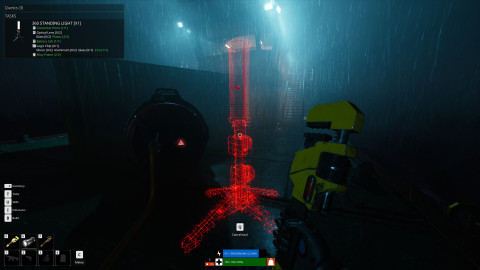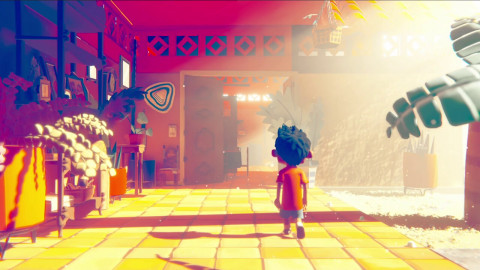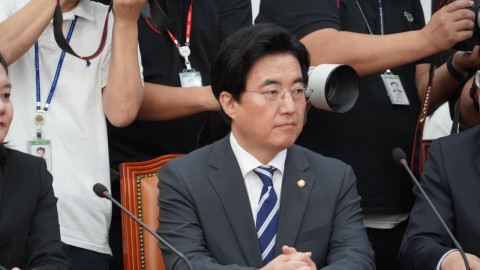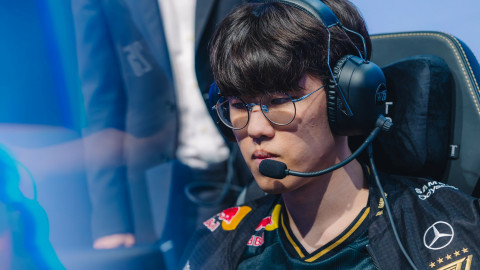
North America has long been viewed as one step away from being a minor region. There’s a lot of money in the LCS, with tons of production value and teams that are mostly imports. Bringing talent and big names into NA has been a long-standing priority for big orgs, but these teams have never quite come together. With big names like Joedat “Voyboy” Esfahani, Yiliang “Doublelift” Peng , and Marcus “Dyrus” Hill out of the picture, the LCS struggled to create new and engaging storylines as well as big personalities worth rooting for.
Now, the LCS feels better than ever. Even with such a generation change, the storylines are there. Organizations that seemed doomed to mediocrity have risen to the top, and historically strong organizations have shown their cracks. I, like many others, get excited for the LCS now. There are teams worth watching and arcs worth following. How did the LCS manage to evolve after being on a downward trend for such a long time?
Adapting to an evolving game
League of Legends is a very different game than what it was a few years ago, but more importantly, the current meta is — for lack of a better word — a complete disaster as Riot have been playing (and losing) a fervent game of whack-a-mole with it. The Teleport nerfs mixed with objective bounties have come together to create a perfect storm for meta instability. Top laners having so little influence on the map has blown open the top side, which in turn has blown open the meta everywhere else. It’s a mess, but a very fun one (at least to watch).
Nick “LS” De Cesare’s unorthodox and (so far) very effective drafting style has been at the front of the conversation, which still continues even after his release. But C9 aren’t the only team pulling out weird strats. FlyQuest’s explosive debut featuring Smite enchanters top lane didn’t slow down when they discarded the strategy in week 2, and FLY haven’t looked this good in… well, ever. Søren “Bjergen” Bjerg is back, and he’s playing Zilean mid alongside traditional mages. Out of all the major regions, the LCS certainly feels the most experimental. Players aren’t afraid to try new things on stage if it means they’ll get the W.
Predictions are about as stable as the meta
DIG knocking 100T out of Lock-Ins with a statement 2-0 victory was only the beginning. The amount of players that have moved in and out of the LCS definitely switched things up, but the same core organizations tended to hold similar standings. Budget means a lot in the LCS, to the point where it could often feel like the teams with the most money to throw around would ultimately get the best roster. The 2022 season has shaken that notion and destabilized the entirety of the LCS.
CLG still look like the kind of roster that would get Bud Light Aced in the middle of the season (hopefully not), but the low-tier orgs have otherwise had a massive resurgence. Golden Guardians are always ahead in the early game with one of the highest gold difference at 15 (GD@15) in the LCS. If they can figure out how to translate that into wins, they’ll be lethal. DIG have kept their momentum from Lock-Ins and have managed to have a strong start to the LCS. FLY looks fantastic, with every player having one of the best splits of their career. It’s hard not to want to root for the underdog, and the LCS is filled with underdog teams this split.
Meanwhile, TSM feels like they’re dying. Their gamble on imports has failed spectacularly, and the team already feels like it’s breaking down.
Wei “Shenyi” Zi-Jie being put on the Academy roster after four games feels undeniably grim for TSM. As much as this turn of events is unfortunate for staff, players, and fans alike, it’s a damn good developing story to follow. The spot TSM held is now open for a new challenger to step into, and there are a ton of candidates. The LCS has a certain element of unpredictability that no other league has, making it truly impossible to tell which team will come out on top at the end of Spring.
“Retirement region”
We’re at the point where it’s widely accepted that North America is an import region for the most part. While EG’s gamble on NA talent has paid off, other teams have opted to import new players. Here’s the thing, though: The hype for new players is there.
DIG’s Kim “River” Dong-woo had a fantastic international showing last year. FLY’s Loïc “Toucouille” Dubois took first in the LFL Summer Playoffs back in 2020, with consistently strong performances since then. Steven “Hans Sama” Liv, Kacper “Inspired” Słoma, and Gabriël “Bwipo” Rau are names that don’t need an introduction.
Last year, a big import like 100T’s Felix “Abbedagge” Braun didn’t have the same level of hype this years’ imports do. Don’t get me wrong here, he played very well in the LCS, both this year and last. But Abbedagge didn’t have a high standing in the LEC when he left. If a mid-tier LEC mid laner could destroy NA, then how good is NA in comparison to the LEC?
Now, the LCS has players that left their region while they were at the top of their game. This may not sound like a big deal, but there’s a big difference between this year’s imports and the majority of past imports. It’s a lot easier to get invested in players that come to NA as a way to continue their story and build their legacy, rather than players that come here for a chance to be the best in a worse region.
The “golden parachute” stereotype that’s haunted the LCS isn’t just fading, it’s been violently separated from the league in no small part due to the hard work and quick adaptation of this year’s diverse roster of imported players.
There are so many reasons to be excited for the LCS this year, and there’s no reason to think this momentum is going to stop. We can only hope that this is an upward trend for the region, and that we’ll get this level of entertainment and competition for years to come.
-

Carver is an esports journalist and analyst who specializes in Eastern League of Legends.
Sort by:
Comments :0





